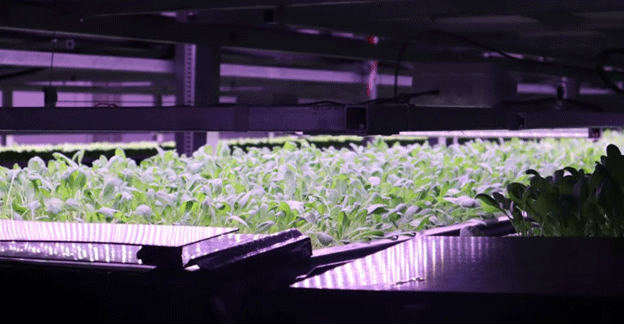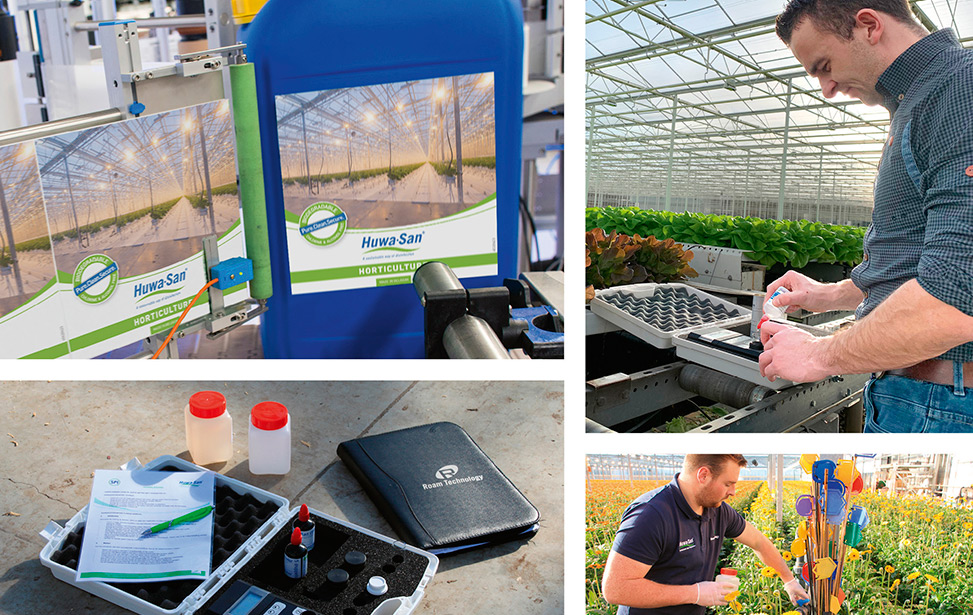In recent years, vertical farming captured global interest as a promising agricultural innovation aimed at reducing resource use, overcoming land scarcity, and producing food locally in urban centers. This excitement led to a surge in vertical farms across Europe, particularly in Denmark, where companies like Kaya Herbs and Refarmed emerged, while Nordic Harvest became a flagship player in Taastrup. However, this wave of enthusiasm has been tempered by a wave of company closures.
Among those affected, Kaya Herbs and Refarmed ceased operations, while the larger German company Infarm, known for its advanced vertical farming technology across 11 countries, also shut down facilities in multiple markets. Additionally, Seasony, a Danish robotics firm that developed equipment for vertical farms, recently closed its doors. According to Carl-Otto Ottosen, a professor of plant physiology at Aarhus University, there are clear economic reasons for these struggles.
Profitability Challenges in Vertical Farming
Professor Ottosen explains that many vertical farming companies face challenges in profitability because they are competing with conventionally grown products that often cost less. “They are selling a product that already exists in the market, but at a higher price,” he told Dagbladet Børsen. Given the high operating costs of vertical farms, these companies struggle to price their products competitively with traditionally grown produce, especially in markets where consumer demand for premium-priced greens is limited.
The financial hurdles are apparent: Nordic Harvest, despite continuing operations, reported a deficit of 29.9 million Danish kroner (approximately $4.4 million USD) in 2023. Still, Anders Riemann, CEO of Nordic Harvest, remains optimistic. Riemann describes the losses as “strategic” and believes that vertical farming will become highly profitable. He envisions a next phase of scaled production in Denmark, which he hopes will demonstrate that this production model can be automated for higher efficiency and, ultimately, profitability.
Industry-Wide Struggles and Solutions
The recent spate of closures isn’t unique to Denmark. Vertical farming companies worldwide are reevaluating their business models. Infarm, a company once touted for its large-scale urban farms in supermarkets and restaurants, cited high operational costs as a reason for its withdrawal from certain markets. As energy costs rise and supply chain issues persist, maintaining these high-tech facilities becomes even more challenging.
Some industry experts argue that expanding vertical farms to staple crops or high-demand specialty crops could improve profitability. For example, in the U.S., companies like Plenty are experimenting with high-yield strawberries in vertical farms, hoping to tap into niche markets where they face less competition from traditional field-grown options.
However, Professor Ottosen cautions that without significant advancements in efficiency and energy use, vertical farms may remain unprofitable. “To make vertical farms truly sustainable and profitable, we need to rethink the entire model. Reducing energy consumption and automating processes are critical,” he states.
A Future for Vertical Farming?
While the industry faces significant hurdles, companies like Nordic Harvest are betting on the potential for automation to lower costs and improve yields. Riemann’s vision of a fully automated facility in Denmark may set a precedent for other markets if successful. According to Riemann, once the model is proven, Nordic Harvest plans to expand into international markets with similar high-tech setups.
Despite the financial struggles faced by vertical farms, some agricultural experts believe that advances in renewable energy, robotics, and AI-driven plant monitoring systems could eventually make vertical farming a viable and sustainable option. As demand for local food production increases and more urban areas face land and resource constraints, vertical farms may play an essential role in addressing food security issues.
The vertical farming industry is at a crossroads. While companies such as Kaya Herbs and Infarm have closed due to high operating costs and limited profitability, others, like Nordic Harvest, are committed to innovation and scale-up efforts. Future success in vertical farming will likely depend on the ability to automate and reduce energy costs, allowing vertical farms to compete economically with traditional agriculture. If these technological advancements are achieved, vertical farming may indeed realize its potential to reshape urban agriculture and supply chains.













